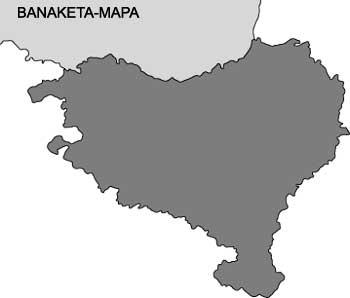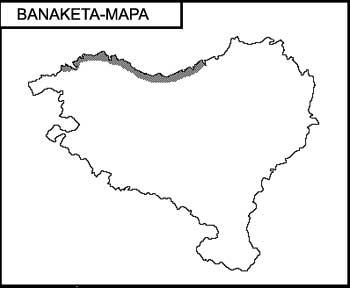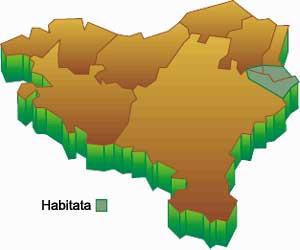Chorlitejo boy traveler on the banks
1992/11/01 Aihartza, Joxerra Iturria: Elhuyar aldizkaria
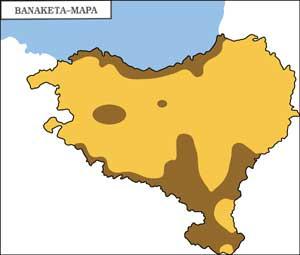
The banks of the waters are zones of great ecological richness and it is not surprising, since being a border between two different conventional means, we can find its inhabitants (aquatic and dry beings). This wealth offers great possibilities to predators, so these are also abundant in these areas.
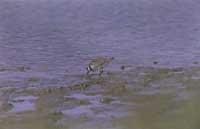
As for birds, the limestones are the most representative specialized hunters of the shores. Within this group are included species of small and medium size, usually with long legs provided with short fingers, and their diet is composed of invertebrates that are found in the bottoms of the axial waters or in the mud and sands of the shores. Most of the borderlands, on the other hand, are migratory birds that reproduce more to the north, and therefore, although in times of passage we could see a lot, only some species are considered nidales in the Basque Country.
The small chorlitejo ( Charadrius dubius ) is one of the smallest of the European limicolos, with only 15 cm of length. Although standing or lying looks like a cap, its march is very fast and when running along the shore we could consider it a rat. Like the rest of chorlitejos, it has a gray brown dorsal area and a clean white area. In addition to the remarkable black hill, it presents a spectacular dark stripe on the front and around the eyes that leads to the scream. But the most characteristic of the species is its ring around the living eye. In the same way, when it flies, we can distinguish it because it has no trace of white wings that appear in the other chorlitejos.
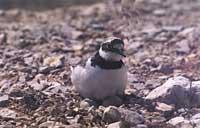
As has already been mentioned, this small bird lives in the rocky and muddy areas of the sand, gravel, rivers and lagoons on the banks of the water, where it finds the small insects, crustaceans and molluscs it captures to graze. We can also find it in marshes and beaches, but normally it prefers sweet waters to salads, and at the same time it seeks low altitudes away from mountainous areas.
Although some populations are scarce in the south of the peninsula, most of the chorlitejos go to the tropical regions of Africa for winter. In the spring, however, they return to the north, and by April they are already in Euskal Herria.
When the male has chosen the land to nest, they meet with the female and begin to fly the weddings of the chorlitejos, who fly beside the baptism, turn and walk to txioka, pushed by the passion of season.

They always nest in gravel, coarse sandy beaches or rocky terrain. For this purpose, the male organizes a lot of holes or “cubes” in the pavement, in whose interior the gravels and herbalists are conditioned as garrison. Once this work is done, the female chooses one of them and puts in it four pyriform eggs. Because the nest is found on the ground (without any clean protection), these eggs have a clear cryptic coloration, which makes them imperceptible between gravel and sand.
The jacket lasts for about twenty-four days, corresponding to the female being in the nest during this period. The male, for his part, works as a guard. If an enemy approaches, he places between him and the nest and tries to divert the enemy, reporting at the same time the danger to the female.
As it happens in most birds that nest on the ground, in the case of the chorlitejo, the chitos are usually nidifgos, leaving the nest as soon as possible and hiding among the surrounding vegetation, stones or gravels. At this time its mimetic coloring is very useful until it is able to fly. In a few days they will be able to look for and catch their own food and also swim. As for the ability to fly, it usually takes three weeks, but if they reach this level, they arrive at the time of undertaking a long road to the south.
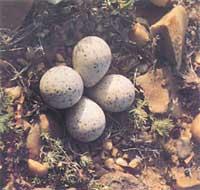
Starting in mid-August, the Chorlitejos, like most migrants, embark on a surprising journey to Africa fleeing the cold winter of our latitudes. The chorlitejos have made this trip in the evening and it seems that in large groups they join with the rest of chorlitejos, chorlitejos, brochetas and other lilies to face the difficult march.
Chorlitejo is a cosmopolitan bird. Or what is the same, its current wide distribution indicates little about the original distribution of this species. The chorlitejo reproduces throughout Europe: From the Baltic to the Mediterranean (only missing in the far north). Although in the Iberian peninsula we can find it practically everywhere, in this territory appears low density and very dispersed.
With regard to Euskal Herria, although it is common in spring and autumn passes, as a reproducer it is scarce. We can consider it as fixed nidificantes on our coast, both in Txingudi and the Urdaibai Estuary, and probably also in other coastal areas.
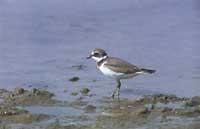
If we leave the coast, however, we will have to go to the rivers and reservoirs of the south in order to see reproducing carts. In Alava they have been located on the margins of the reservoir of Urrunaga and on the margins of the rivers that surround it. Also on the road south of the river Baia. In Navarre, on the banks of the central rivers and the Ribera, in 1984 J was cited a sustained population of almost fifty breeding pairs. J. Iribarren and A. Rodríguez. However, due to the mobility of the species and its hidden reproduction capacity, its breeding sites can be more numerous than what the specific observations indicate, both in Álava and Navarre as in the entire coast.
Technical details: CHORLITEJO CHICO |
Species: CHARADRIUS DUBIUS Family: CARADRIDOS Order: CARADRIFORMES Class: BIRDS |

Gai honi buruzko eduki gehiago
Elhuyarrek garatutako teknologia




